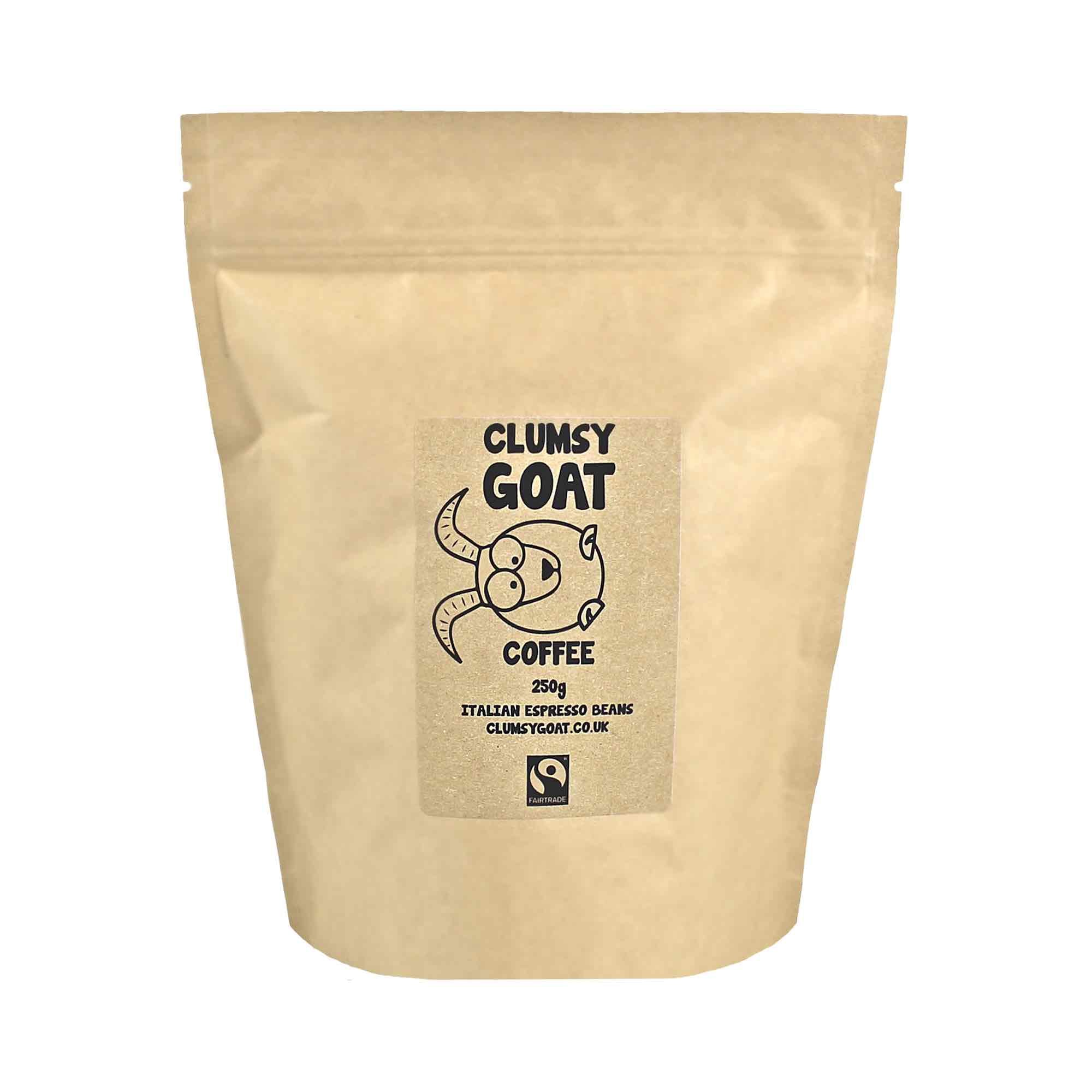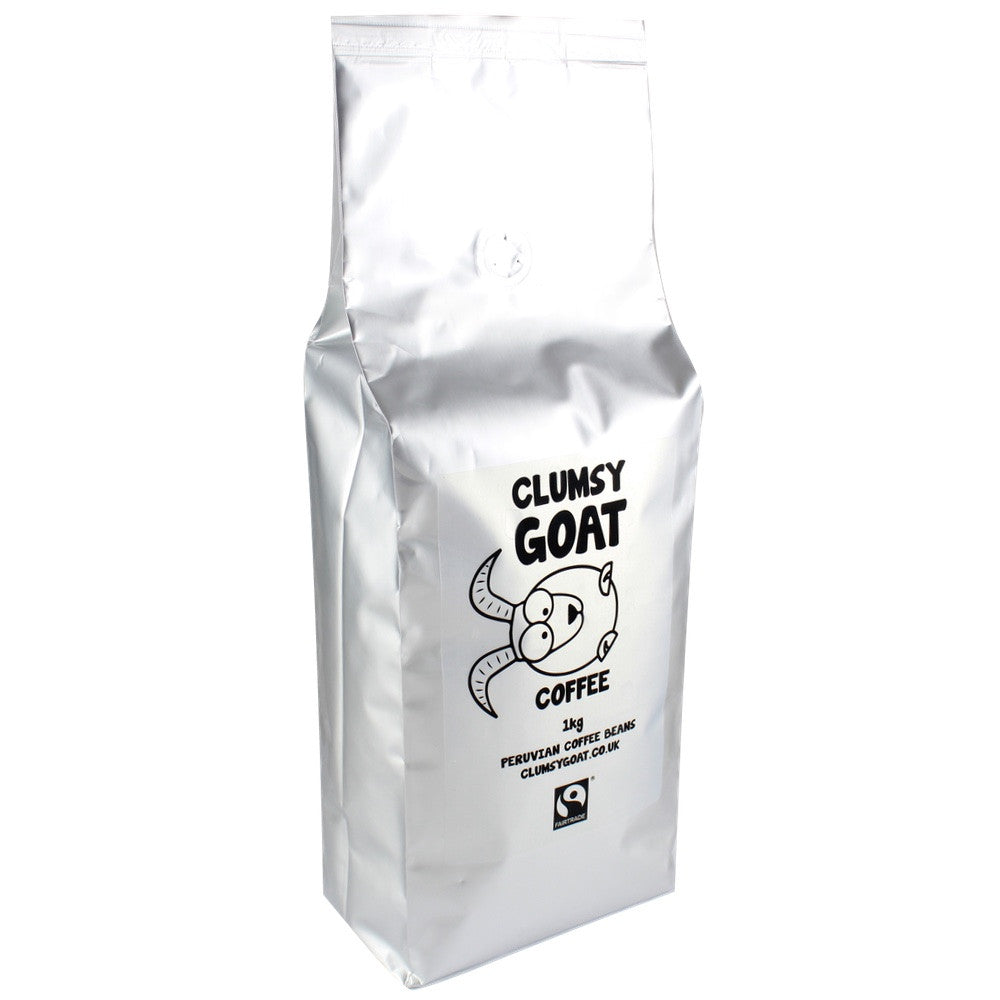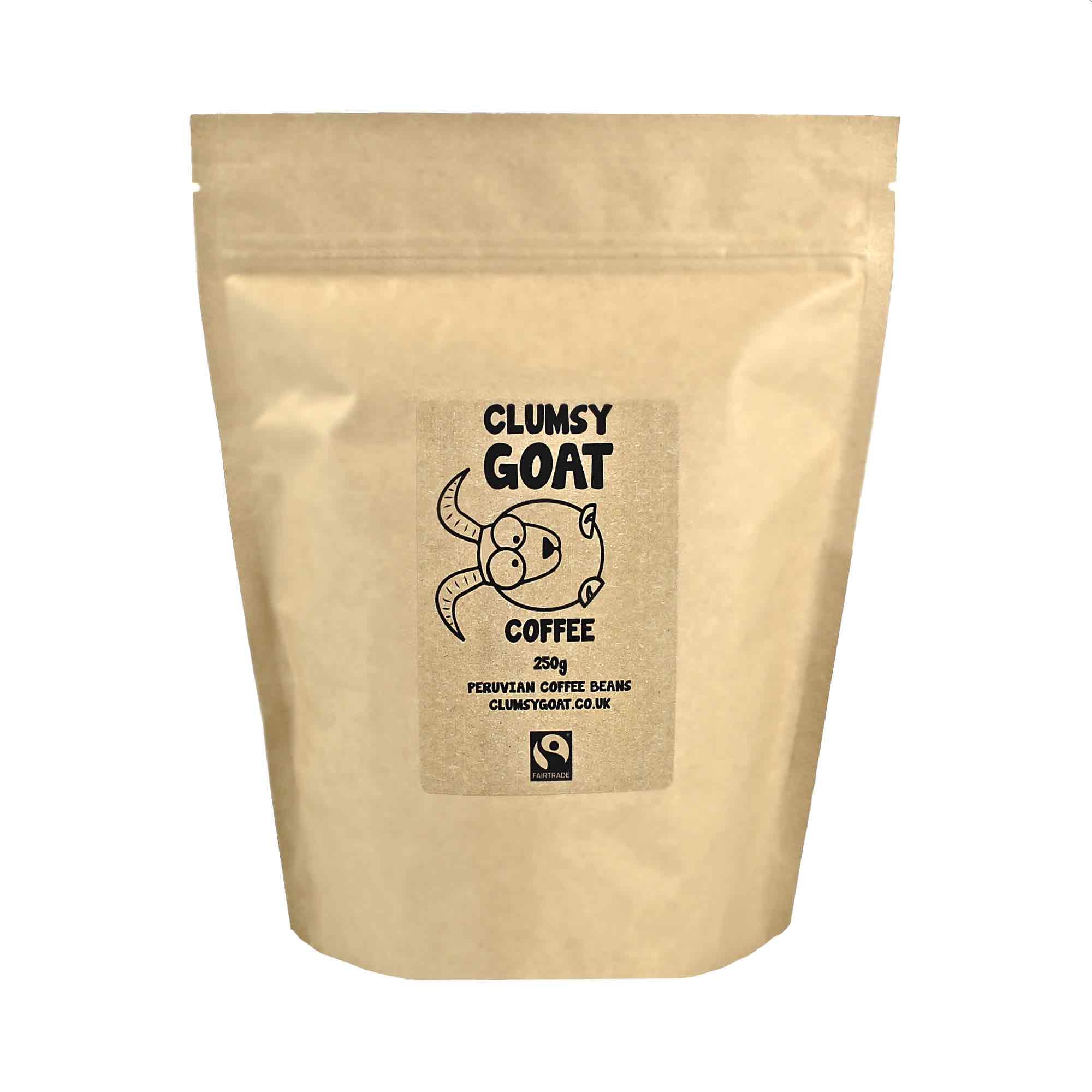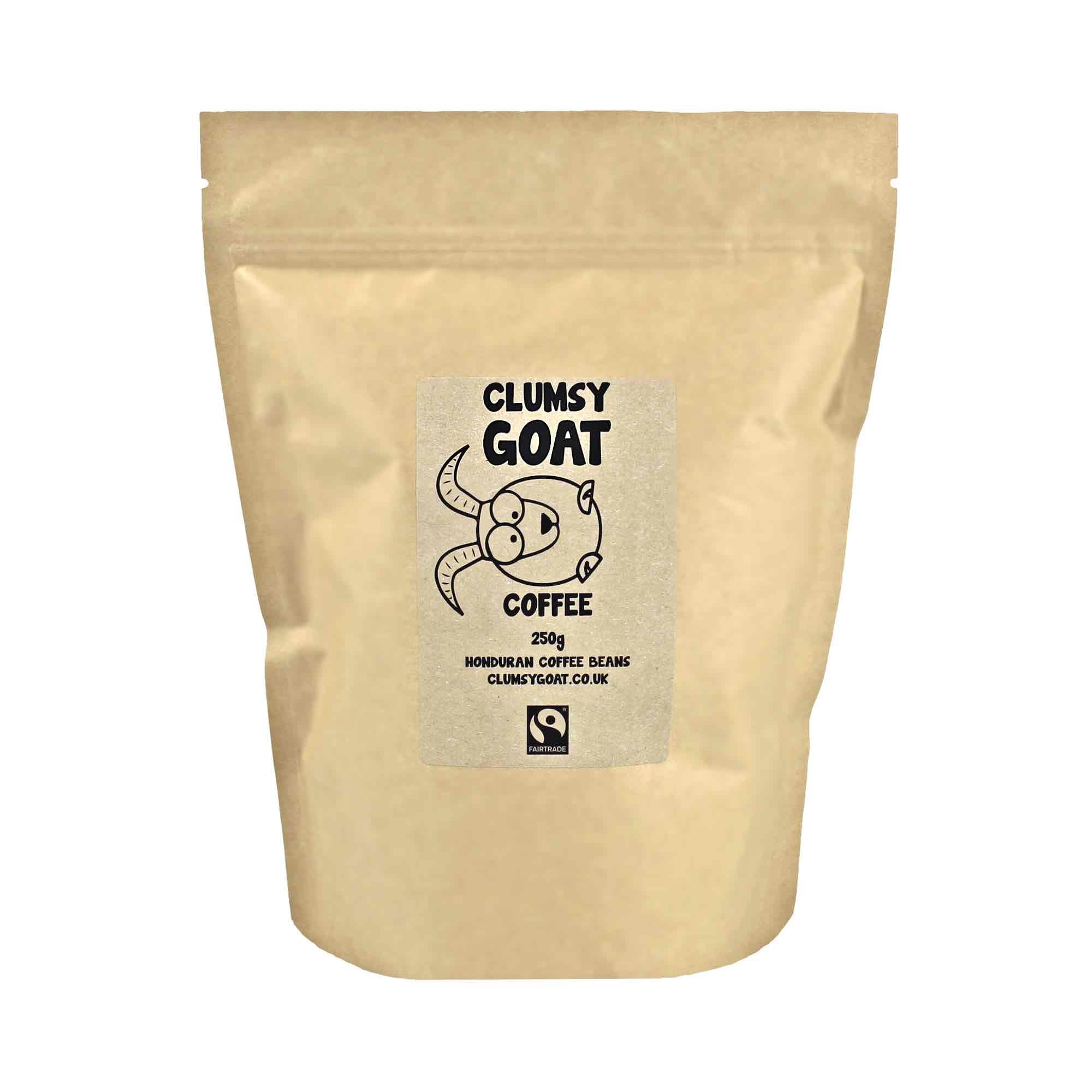Have you ever heard of the process known as ‘coffee cupping’? Coffee cupping is the technique used by coffee experts all around the world to grade the quality of brewed coffee. This universally accepted process allows any coffee to be fairly compared and contrasted with another, regardless of the crop, where it’s grown or how it’s processed. It involves several methodical steps which allow tasters to score coffee on its numerous properties and characteristics.
Thanks to the work of the original coffee cuppers, we’ve been gifted a list of coffee-related terminology, much of which you’ll have seen in the tasting guides on our website. Today we’re going to take a closer look at a few of these key terms, making it easier to understand what they all mean and why they’re so important for us as coffee-holics.
Body – Often, this can be a tricky concept for beginners to get their head around. A helpful way to understand this is to think of the difference in how whole milk and skimmed milk feels in your mouth. Often referred to as ‘mouthfeel’, body describes the perceived weight of a coffee. A coffee with a full body will feel thick, whereas one with a light body will thin.
Acidity – This is a highly valued characteristic of coffee, and arguably the most scrutinised. After all, it’s the acidity that gives coffee beans that grow in different regions their unique flavour profiles. Many coffees, such as high-grown Arabicas, are revered for their acidity. Naturally we’d imagine acidity to be a negative characteristic, and this can often be the case if it’s not well balanced. Acidity can be thought of as how sharp or bright the coffee is. Next time you brew up, allow your coffee to cool for a while before a taking a sip. Acidity is much more noticeable without the heat, so it should be easier to pick up on.
We have our very own high grown arabica roast which you can view here - Clumsy Goat Ethiopia Sidamo Single Origin, it has a lovely light citrus taste that's great for summer afternoons.
Sweetness – This is fairly self-explanatory, but it’s helpful to understand its role. Acidity wouldn’t be so favourable without sweetness. Have you ever tried rhubarb when it’s not coated in sugar in some sort of dessert? The tangy, sour taste of this is much like what an acidic coffee would taste like without any natural sweetness. The perfect balance of acidity and sweetness is often what separates good coffee from excellent coffee.
Finish – Put simply, it’s the aftertaste. Try taking a gulp of coffee and waiting for 10-20 seconds, observing the way the flavour lingers. You may notice a clean finish, where the prominent flavour remains, but it’s not uncommon to be met with new flavours in the finish. It’s also interesting to pay attention to where the flavour lingers. Sometimes it may feel present at the back of the throat, whereas others it might reside on the sides or tip of the tongue. Poor quality coffees are sometimes exposed in the finish, leaving a bitter or sour aftertaste.
Hopefully that sheds some light on all of this jargon. If you'd like to test it out we'd welcome you to browse our very own range of freshly roasted coffee beans.
Our commitment to supporting the farmers and the industry means our coffee will always be 100% Fairtrade certified. Plus, we freshly roast everything in small batches so it’s oozing with flavour. To learn more about us or our roasts please feel free to click here.









